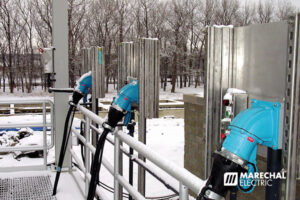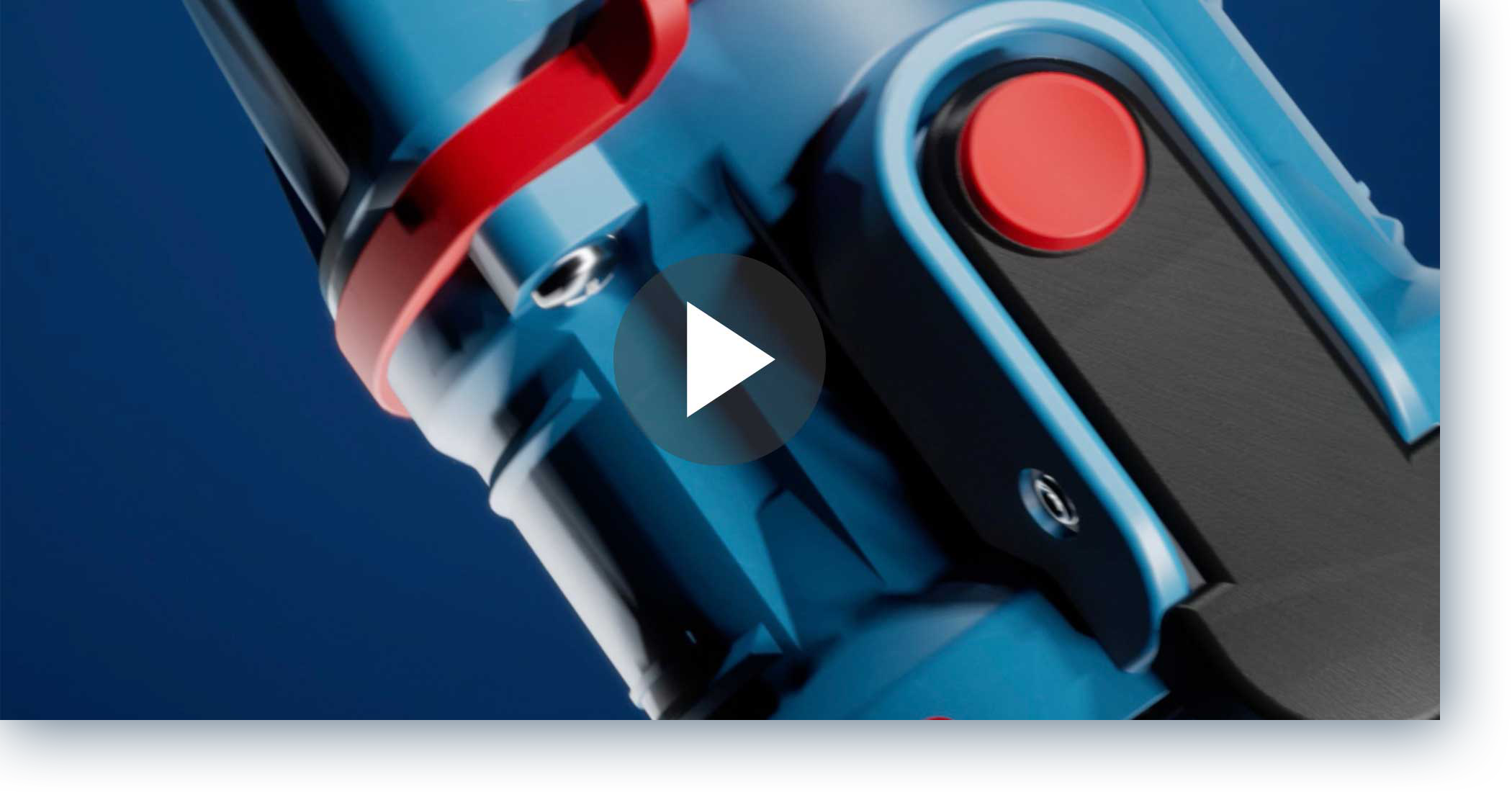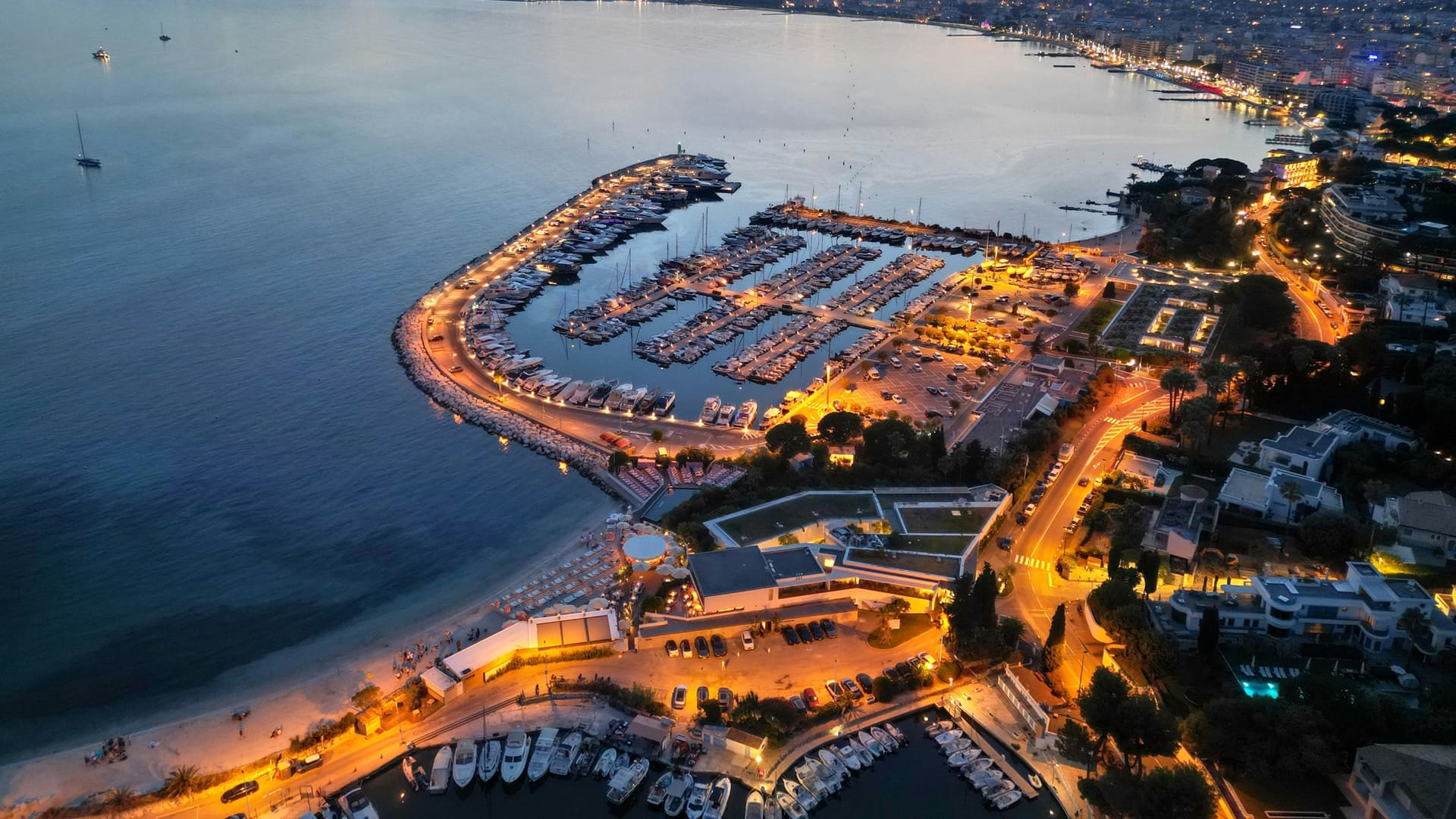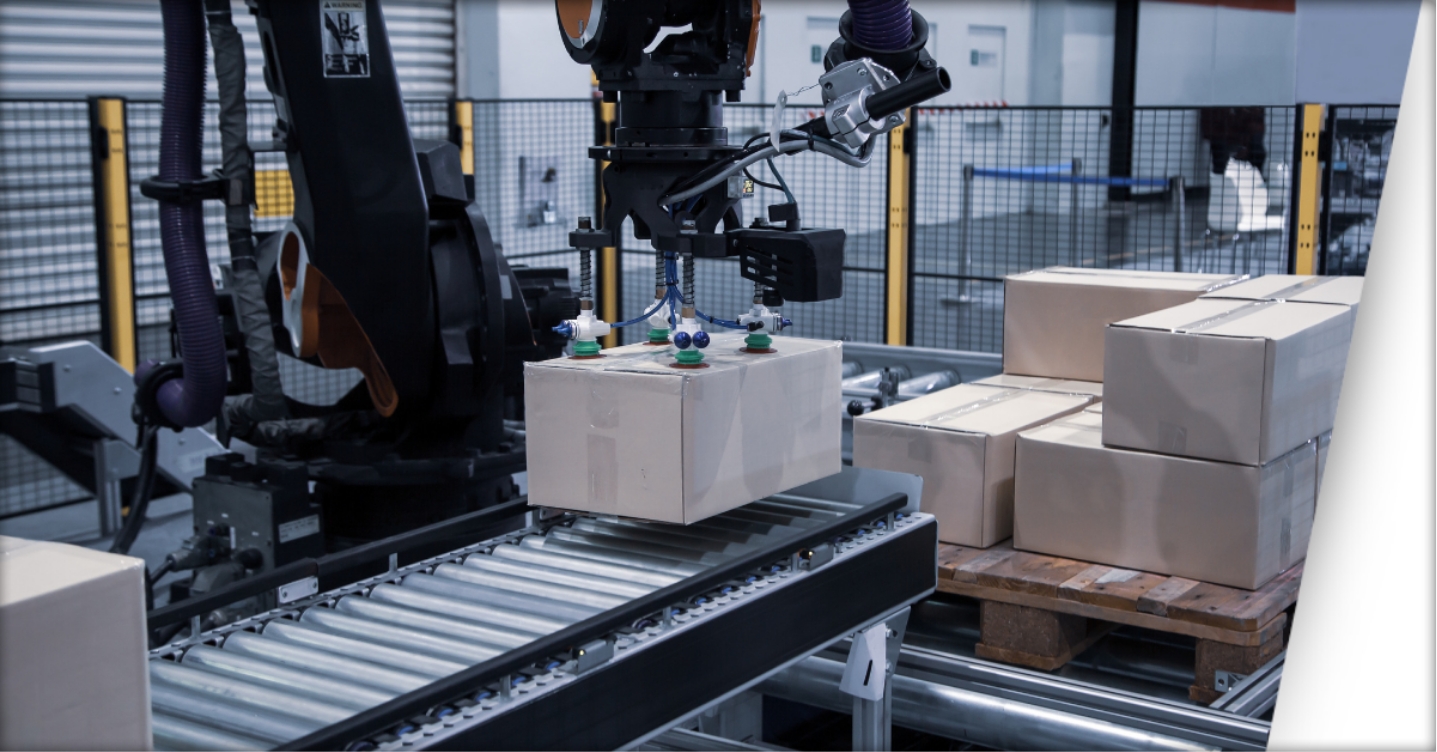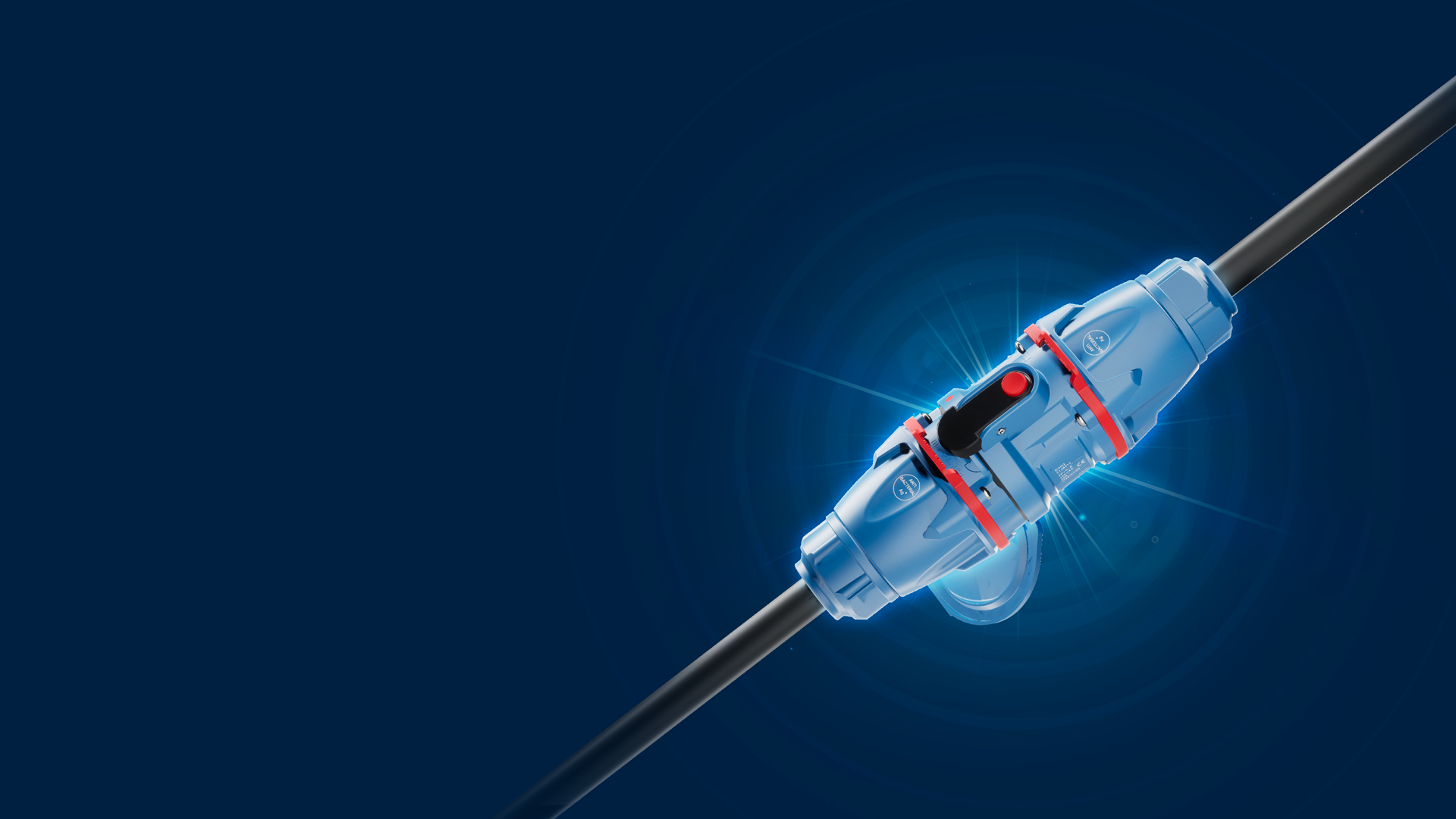Since 1952, MARECHAL ELECTRIC has specialised in the manufacture of electrical sockets for industrial and explosive environments. Our expertise is built on our long-standing presence in the various industries in which our products are used. Getting to know the specifics of each sector is essential for our RD teams, who work daily to ensure that our products are suitable for harsh environments. Sectors such as mining, water treatment and agri-food expect durable equipment. We design them with this in mind. How do we approach the question of materials, from a mechanical, chemical and environmental point of view? Find out below.
Mechanical resistance
Because they are installed on industrial sites and in close proximity to machines, our products are exposed to significant mechanical stress: strong vibrations, risk of shocks, etc. MARECHAL ELECTRIC carefully selects the materials used in its products to guarantee their integrity and protect the active parts. Our enclosures in polymer (IK09) or metal (IK10) materials are available to meet all market requirements according to their specific features. In addition to IK (i.e. impact resistance index) tests at ambient temperature, impact and drop tests are carried out on all our materials at different points in the operating temperature range. The materials selected also offer high levels of wear resistance, as well as fatigue resistance that allows numerous operations to be carried out without affecting product functionality. Our fibreglass-reinforced plastic materials have been chosen for their mechanical performance, and in particular to prevent material deformation, such as creep, whatever the load used on our products and even after ageing. This also enables us to guarantee the initial sealing level in combination with the use of appropriate seals developed for the MARECHAL® brand by our RD team.
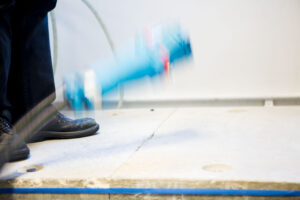
Resistenza chimica
By working with numerous industrial players, MARECHAL ELECTRIC gathers recurrent examples of potential damage to electrical installations that are a direct consequence of the presence of chemicals. One example is the emission of hydrogen sulphide (H2S) in refineries, blast furnaces or water treatment plants, which can have an impact on the performance of industrial plug materials. As a result, our polymers are chosen for their resistance to water, even at high temperatures, and to chlorinated or salty water. They also offer good resistance to a wide range of chemicals, including alkalis (ammonia, caustic soda), alcohols, ketones (acetone) and hydrocarbons. For our range of metal products, which are naturally sensitive to various types of corrosion (galvanic, pitting, stress corrosion cracking, etc.), surface treatments combined with appropriate initial surface preparation are carefully chosen to inhibit the effect of chemicals. For our enclosures, powder paints are mainly used, but we also offer dedicated treatments for specific metals: anodised surfaces on aluminium, passivation for stainless steel and zinc plating. Salt spray performance guarantees the effectiveness and durability of the treatment. For active parts, silver plating or tin plating is systematically used to give our base materials the best electrical conductivity whatever the environmental conditions. This also gives these parts a much-appreciated surface finish that withstands the test of time and aggression. 
Environmental resistance
The variety of installations (indoors, outdoors, in marine environments, etc.) exposes our products to the elements: UV, high and low temperatures and even fire. That’s why all our polymer materials comply with the UL746C f1 standard, which means that the performance of the materials is maintained after exposure to ultraviolet (UV) rays and immersion in water. This stringent test consists of 1000 hours of UV exposure (using a xenon arc weathering meter) and 7 days of water immersion at 70°C. Compared with commodity polymers, our technical or high-performance polymers are suitable for use over a wide temperature range, from -40°C (or even lower for some materials) to at least 60°C. We also select materials with high RTI (relative temperature index, 18-month test) values (above 100°C) to ensure stability of mechanical (impact and strength) and electrical properties over time and temperature. 